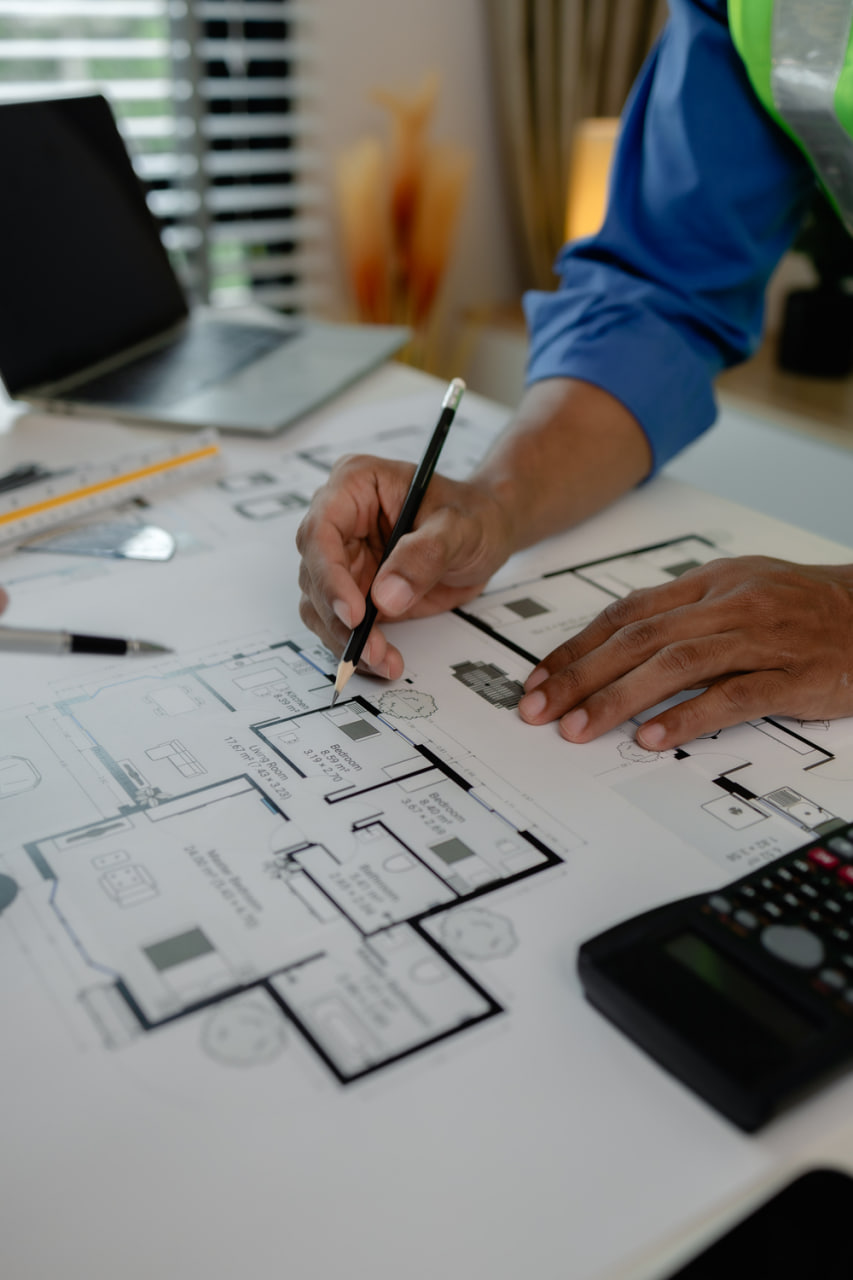Phone:
(701)814-6992
Physical address:
6296 Donnelly Plaza
Ratkeville, Bahamas.

The only constant in life is change. As we move through different phases—starting a family, shifting careers, embracing remote work, aging, or simplifying our lifestyles—our homes need to evolve with us. Yet, many spaces are designed to meet only immediate needs, leaving us stuck when life inevitably shifts.
Future-proofing your home isn’t about predicting every possibility. It’s about creating flexible systems and spaces that are ready to support you—now and in the years to come. Whether you live in a small apartment or a large family home, thoughtful design can bring lasting value, ease, and resilience.
The foundation of an adaptable home lies in its layout. Instead of locking every room into a single use, consider how spaces might multitask or transform. An extra bedroom can double as a workspace or guest room. An open-plan living area can be subtly zoned for dining, working, or relaxing. Movable partitions, sliding doors, or pocket walls allow spaces to expand or contract based on your changing needs.
Even within fixed walls, flexibility can come from the way you arrange furniture. Modular sofas, expandable dining tables, and wheeled storage make it easy to shift your space without renovation.
Investing in pieces that adapt over time pays off. Look for furniture that can grow or shrink with your lifestyle. Cribs that convert into toddler beds, desks that adjust in height, or shelving systems that expand are all smart choices.
Modular designs are especially useful. They allow you to rearrange components to suit new layouts, whether you’re moving to a new home or rethinking an existing space. Choose durable, timeless designs that blend with different aesthetics to extend their usefulness over the years.
As remote work, homeschooling, and hybrid schedules become more common, multi-functional rooms are no longer optional. The key is to separate functions through subtle cues—lighting, furniture placement, rugs, or storage.
A well-planned office nook in a living room can disappear behind a screen or curtain after hours. A kitchen island can serve as a prep space, homework zone, and evening bar all in one. Consider wall beds or fold-down desks for occasional needs, without dedicating permanent square footage.
Clutter makes even the most flexible space feel rigid. That’s why future-ready homes prioritize smart, hidden, and expandable storage. Built-in units with adjustable shelves, under-bed drawers, stair-step storage, and vertical cabinets all offer versatile solutions.
Design storage systems that are easy to reorganize. Life changes—seasonally and circumstantially—so your storage should support quick shifts without creating chaos.
Some of the best future-proofing decisions are the least visible. Choosing durable flooring that can withstand kids, pets, or wheelchair access is a quiet investment that pays off long-term. Planning ample electrical outlets, including USB ports and hidden charging hubs, keeps your home ready for future tech without messy wires.
Similarly, pre-plumbing a room for a future bathroom, wiring for smart home systems, or reinforcing a wall for future cabinetry may seem excessive now—but these upgrades allow you to evolve your home without a major remodel later.
Designing for accessibility isn’t just for retirement. It’s for future freedom. Lever-style door handles, wider entryways, non-slip flooring, and zero-threshold showers all improve safety and usability—for everyone.
Thinking ahead means you won’t have to retrofit your space in a hurry when needs change. It also ensures your home remains comfortable and welcoming for all guests, regardless of age or mobility.
The most successful homes don’t just flex physically—they support emotional shifts too. A room that offers quiet when needed, lighting that supports circadian rhythms, or windows that connect you to nature are all features that sustain wellbeing through life’s transitions.
Create adaptable rituals within your space. A corner that can shift from meditation to reading, or a dining area that converts into a game night hub. The more a home can flex around your energy and routines, the more supportive it becomes in the long run.